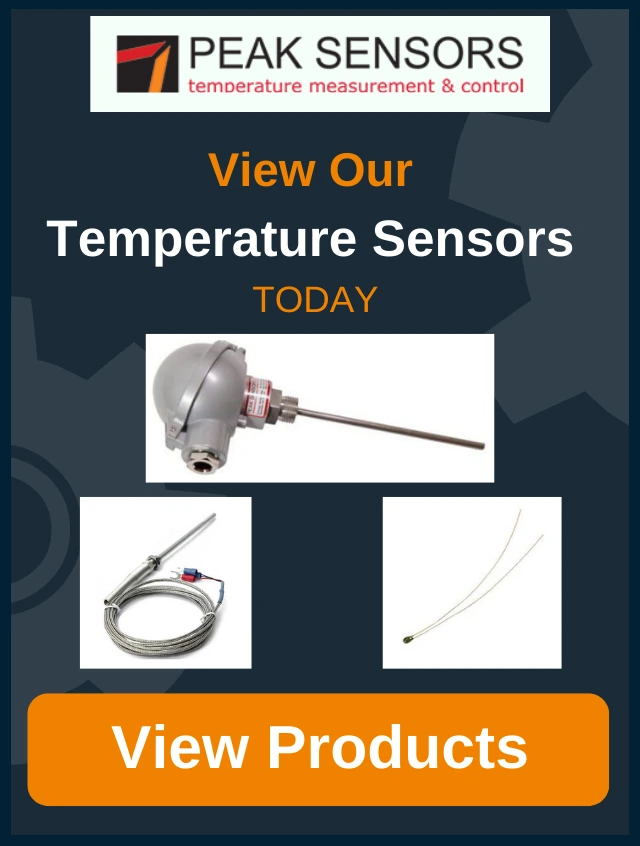Waste Treatment Technology Temperature Sensor
TL;DR — Quick Summary
Waste Treatment Technology such as gasification, pyrolysis, and composting—often rely on precise temperature control to operate efficiently and meet safety standards. Peak Sensors designs and manufactures robust thermocouples tailored for these challenging environments, ensuring accurate readings, long service life, and optimal plant performance.
Why Temperature Sensors Matter in Waste Treatment
As waste treatment becomes increasingly important for sustainability, energy recovery, and environmental compliance, accurate temperature monitoring plays a critical role. The right sensor can:
- Improve process efficiency.
- Extend equipment lifespan.
- Ensure safety and compliance.
At Peak Sensors, we partner with waste treatment innovators to develop customised high-performance temperature sensors for a wide range of applications.
Common Waste Treatment Processes & Sensor Requirements
- Gasification
- Process: Converts biodegradable waste into syngas for energy generation.
- Sensor Role: Maintain optimal process temperatures to maximise efficiency and minimise plant wear.
- Recommended Sensors: Type K or N thermocouples for most applications; Type R or S for >1250 °C.
- Pyrolysis
- Process: Decomposes organic matter into lighter hydrocarbons without oxygen.
- Sensor Role: Protects plant equipment by ensuring correct temperature profiles.
- Peak Sensors Expertise: Developed thermocouples capable of withstanding aggressive residues and variable waste inputs.
- Low Temperature Processing – Composting
- Process: Accelerated decomposition of organic matter to destroy pathogens and weed seeds.
- Sensor Role: Ensure compliance with regulatory temperature standards and optimise composting speed.
Challenges in Waste-to-Energy Temperature Measurement
High-temperature waste processing is demanding on sensors due to:
- Variable waste inputs (inconsistent thermal loads).
- Aggressive residues (corrosive to protection sheaths).
- Mechanical stress from material handling.
Our designs address these issues with:
- Durable protection sheaths for corrosion resistance.
- Optimised sensor placement for accuracy and longevity.
- Custom engineering for unique plant layouts.
Recommended Thermocouple Types
| Temperature Range | Thermocouple Type | Advantages |
|---|---|---|
| Up to ~1250 °C | Type K or N | Cost-effective, replaceable, widely available. |
| Above 1250 °C | Type R or S | High accuracy at extreme temperatures, longer lifespan. |
FAQ — Waste Treatment Temperature Sensors
Q1: Why not use a standard industrial sensor in waste treatment plants?
Standard sensors may not survive the harsh, variable, and corrosive conditions found in waste treatment environments. Customised sensors extend lifespan and maintain accuracy.
Q2: How often should thermocouples be replaced in high-temperature processes?
This depends on temperature extremes, mechanical wear, and residue build-up. Regular inspection and calibration can significantly extend their useful life.
Q3: Can one type of thermocouple work for all waste treatment processes?
Not always. Lower-temperature processes like composting may use different sensor designs than high-temperature gasification or pyrolysis.
Q4: Can Peak Sensors design a sensor for my unique plant setup?
Yes. We specialise in made-to-order thermocouples tailored to your operating environment, temperature range, and durability requirements.
If you want to order a temperature sensor or you are unsure exactly what you need, get in touch and we can help you.

